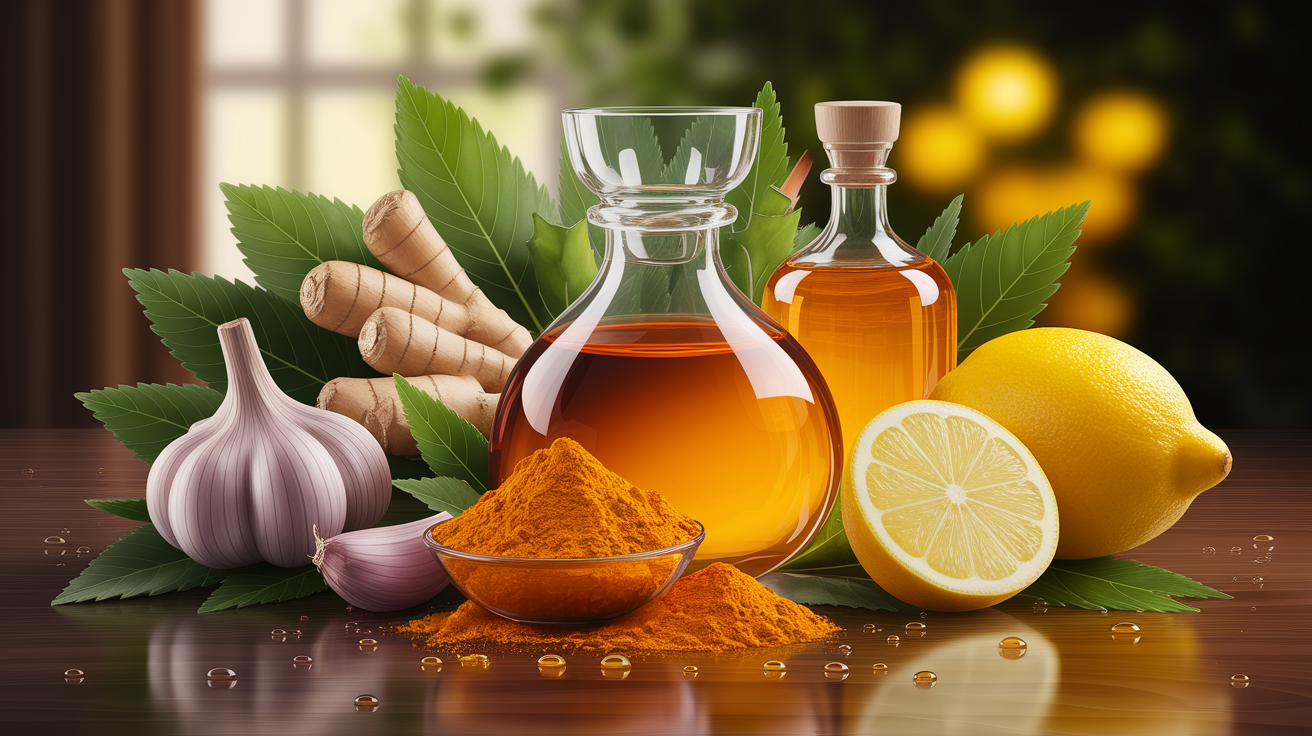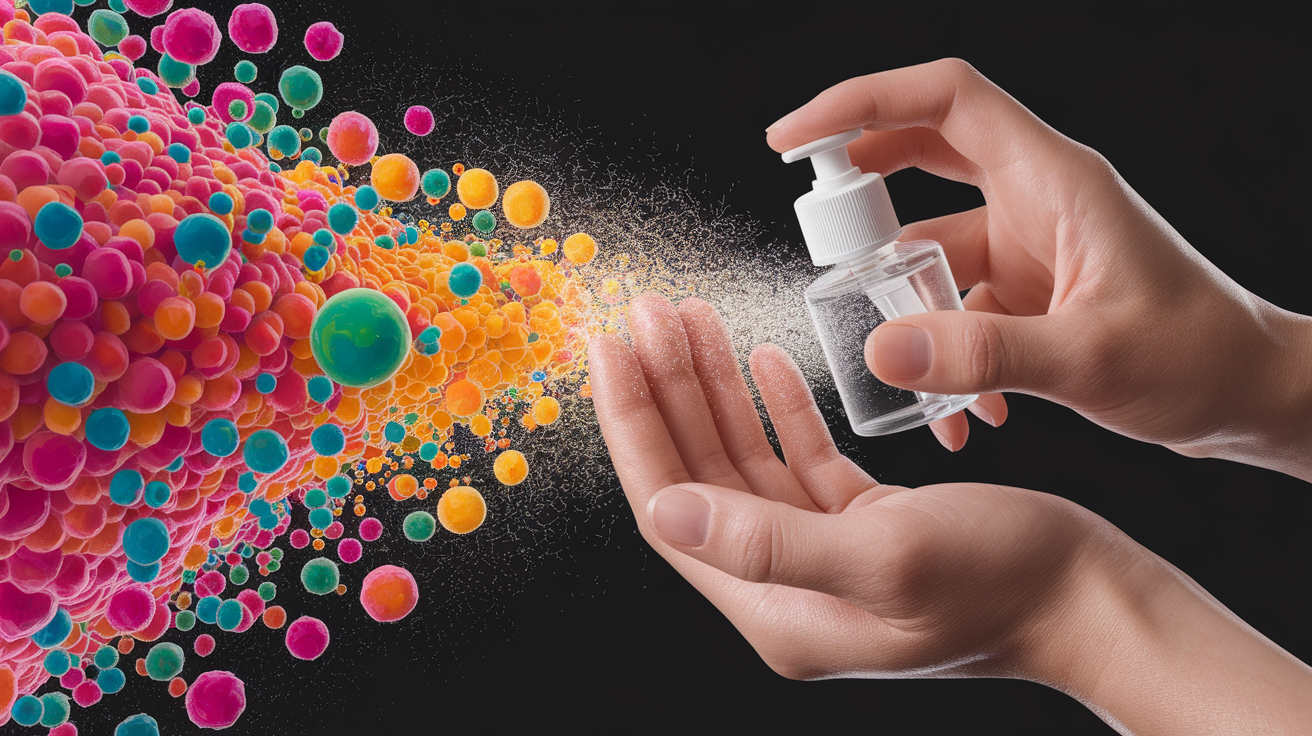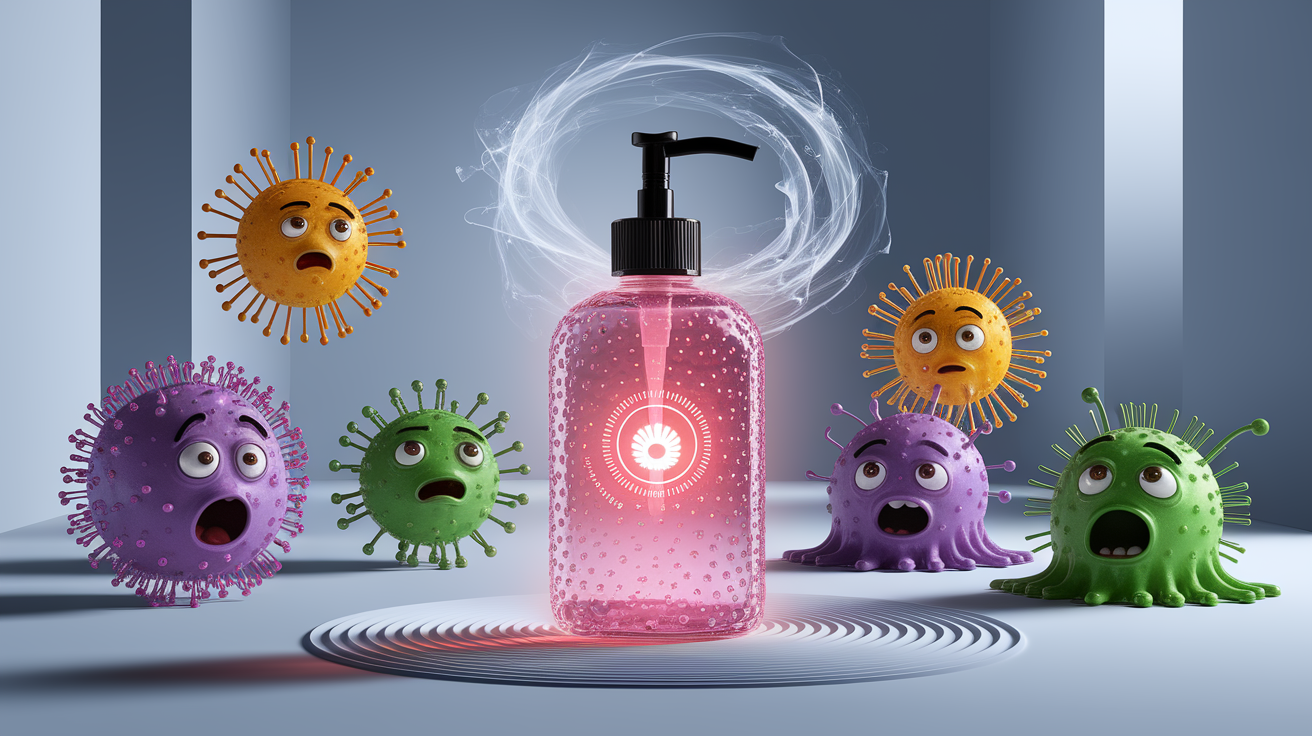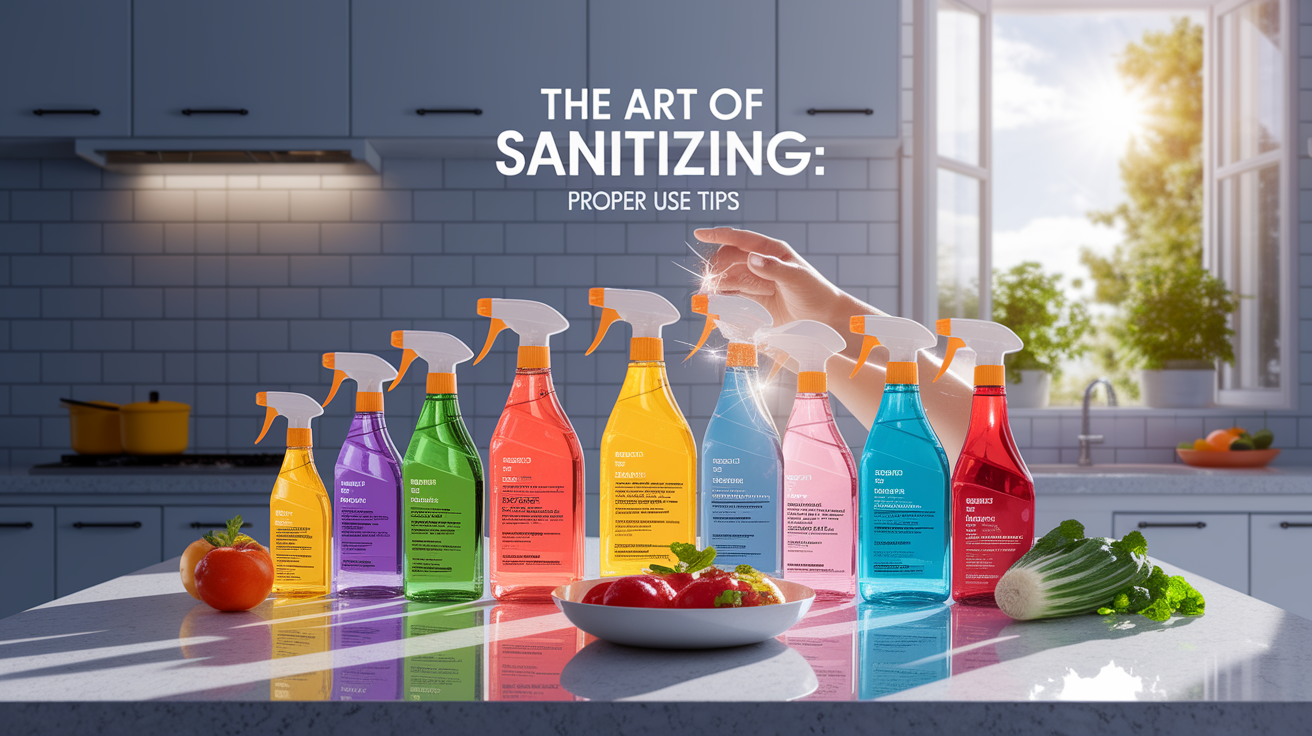Quick Answer: Hand sanitizer works by using active ingredients—most often alcohol—to quickly break apart and deactivate germs, including many bacteria and viruses, right on your skin. With the right concentration and proper use, it can kill microbes in seconds without needing soap or water.
Sparkle in a Bottle: Why Hand Sanitizer Works Instantly
One of the reasons hand sanitizer feels almost magical is that it delivers fast results. While handwashing with soap takes at least 20 seconds, the alcohol in sanitizer gets to work immediately on a microscopic level. In just moments, it can neutralize many harmful germs that might otherwise spread to your nose, mouth, or eyes.

The secret lies in its rapid chemical action. When you rub sanitizer onto your hands, those active molecules race to interact with the proteins and membranes that make up bacteria and viruses, damaging their structure so they can’t function.
The Ingredients That Fight Germs
According to the U.S. Food and Drug Administration and World Health Organization guidelines, the true germ-busting power of sanitizer comes from its active ingredients:

- Alcohols: This includes ethanol (ethyl alcohol), isopropanol (isopropyl alcohol), or propanol. Alcohol-based hand sanitizers usually contain at least 60% alcohol concentration for effectiveness.
- Benzalkonium chloride: Found in some non-alcohol sanitizers, it disrupts bacterial membranes using a different biochemical mechanism, but can be less effective against certain viruses.
- Support ingredients: Glycerol helps prevent skin dryness, hydrogen peroxide targets bacterial spores, and moisturizers like aloe vera protect skin health.
Why not 100% alcohol? Oddly enough, pure alcohol would evaporate too fast and isn’t as effective at breaking down germs. Around 60–80% alcohol strikes the right balance of potency and contact time for microbial elimination.
How Hand Sanitizer Stops Microbes in Their Tracks
The germ-killing process is surprisingly straightforward when viewed up close. As detailed in the scientific rationale of sanitizer action, here’s what happens:

- Penetration: Alcohol molecules quickly seep into the outer layers of microbes.
- Membrane breakdown: For bacteria and enveloped viruses (like coronavirus), alcohol dissolves their lipid (fatty) membranes, much like how dish soap cuts through greasy residue.
- Protein denaturation: Alcohol changes the shape of vital microbial proteins, disabling the pathogen’s ability to function.
- Microbe inactivation: Once structural integrity is lost, the germ can’t infect cells — which means it’s effectively neutralized.
The best part? This whole mechanism takes only seconds when sanitizer is rubbed properly over the entire surface of your hands.
Who’s on the Hit List? Germs Sensitive to Sanitizer
Not all pathogens are equally vulnerable, and studies on sanitizer effectiveness show it:

- Highly susceptible: Enveloped viruses like influenza, herpes viruses, and the virus responsible for COVID-19 (coronavirus) have fragile lipid outer layers that alcohol can easily destroy.
- Moderately susceptible: Many bacteria, especially “transient” bacteria that you pick up from surfaces, are quickly reduced by alcohol-based sanitizers.
- Resistant: Non-enveloped viruses such as norovirus and rotavirus lack a lipid coating, making them tougher for alcohol to neutralize. In such cases, washing hands with soap and water is the better choice.
The Art of Sanitizing: Proper Use Tips
To make sure hand sanitizer delivers its best germ-killing performance, application is key (see usage guidelines):

- Use a generous dollop—enough to coat all surfaces of your hands.
- Rub hands together, covering backs, between fingers, and around (and under) fingernails.
- Continue rubbing for about 20 seconds until completely dry.
- Only use sanitizer when hands are not visibly dirty or greasy—otherwise, wash with soap and water.
Remember: Sanitizer kills instantly but gives no long-term shield. New germs can still land on your skin soon after use.
Seal the Deal on Germ-Free Hands
Hand sanitizer is a pocket-sized powerhouse for infection prevention. With the right alcohol concentration, effective application, and an understanding of its strengths and limitations, you can keep it as a reliable ally for quick sanitization when soap and water aren’t handy. It’s one of the simplest, fastest ways to boost your daily hand hygiene and cut the chain of germ transmission.













